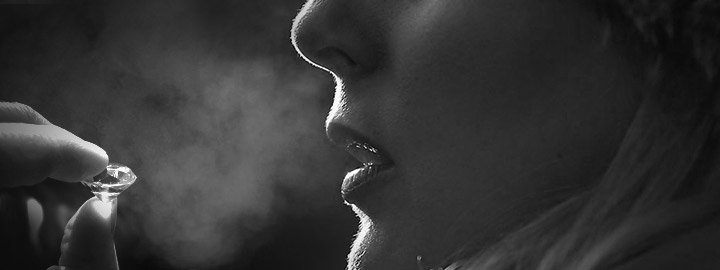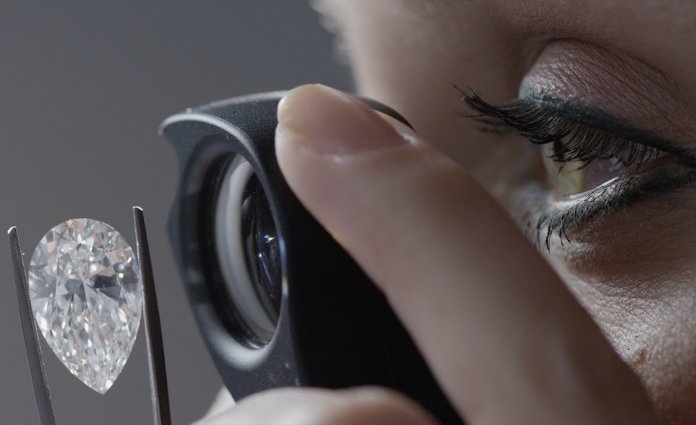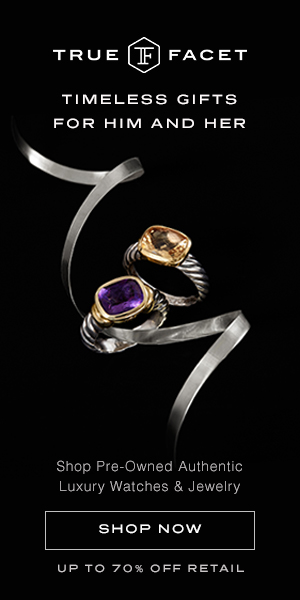How to Test a Diamond in Water
With all the advances that have been made in gemological technology in recent years, it has been increasingly difficult to discern a genuine diamond from a fake diamond, like the ones that are made from cubic zirconia or glass. If you have a loose diamond lying around and want to see that it is, in fact, a real diamond, we have put together a few fun DIY methods you can try at home using only your stone, a glass of water, and a few other things you can find in your kitchen. Of course, these are simple tests that aren’t foolproof, so we recommend that you take your stone to a jeweler or an appraiser to verify the stone’s quality.
1. The Density Test
Real diamonds are incredibly dense, and often outmatch the fakes in density tests. To confirm this, fill a glass up with water and drop your diamond in. A fake diamond will most likely float on top or only sink to the middle while a real diamond will sink to the bottom thanks to its density. Keep in mind, this test isn’t foolproof; cubic zirconia or glass that have been cut generously and are actually pretty heavy could pass this test.
2. The Fog Test

Courtesy of the Cape Town Diamond Museum
Because real diamonds don’t retain heat well, they will never fog up the way glass or other diamond substitutes will. An easy way to check is to exhale on your stone like you’re trying to fog up a window. If it does fog up, then it’s definitely glass.
3. The Heat Test

Before you continue with this test, you should know that, if your diamond is inauthentic, this test will damage it. Only follow through with this method if you are indifferent to ruining this stone if it proves to be false.
Diamonds are incredibly stable materials, so drastic temperature changes won’t affect their structural integrity. To test this, hold the stone to a lighter and heat it up for 30 seconds before immediately dropping it into a glass of cool water. A real diamond wouldn’t be affected by the drastic temperature change and simply sink to the bottom of the glass, but a fake diamond would shatter immediately.
3. Explore Your Options

If water doesn’t do it for you, we have a list of other methods you can try here. If you’d rather not risk your stone, fake or not, we recommend taking it to a jeweler. Professionals have sophisticated tools, like UV lights and extremely powerful magnification devices, to help them discern with absolute certainty whether a diamond is real or fake, and even whether it’s natural or lab-made.







